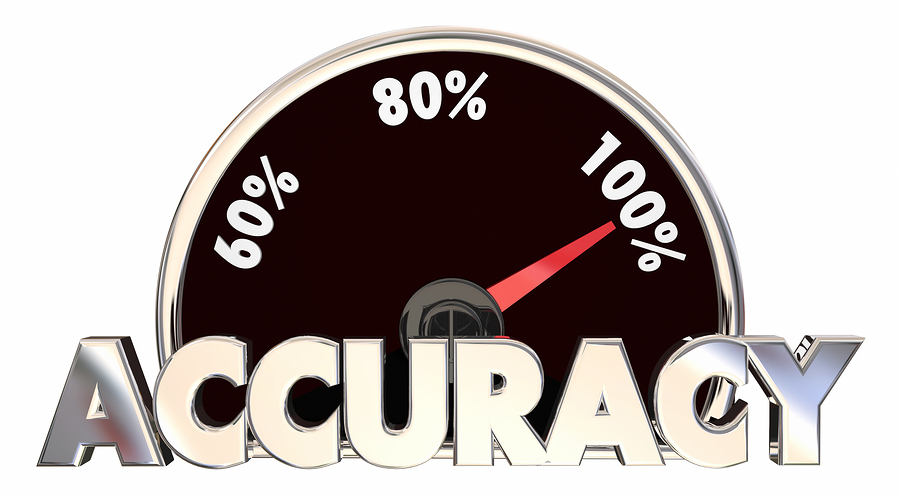I love to write in coffee shops. The ambiance and the aroma of a good coffee shop appeal to me. But there is a downside to writing in coffee shops: I don’t control the playlist. And I don’t think I’ve ever encountered a coffee shop that plays music that helps me to write. When I’m in my home office, however, I have numerous playlists for writing. I use Pandora, Spotify, iTunes, and my cable company’s music-on-demand app to provide instrumental soundtracks for my writing—usually classical, guitar, piano, and even medieval chant.
I put the question to my writer friends on Facebook and learned that some of my friends eschew music completely when writing. For example, Karen Lynn Nolan said, “I rarely listen to music when I write because, having a degree in music and theater, my concentration gets drawn into the music and I either sing the lyrics or conduct it.” She did admit to listening to bluegrass at times when writing her Appalachian novel, Above the Fog.
“As much of a music lover as I am,” explained Laura L. Smith, “I cannot listen to it while I write. Too distracting. I start typing out the lyrics instead of the words I was supposed to be writing. But I do listen to music while I walk or run and the creative juices flow…then my head ‘writes’ things I’ll put to paper later.”
Lori Hatcher said, “As someone who is easily distracted (two ears but only one brain), I write in silence. The ticking clock over my head is the music that cheers me on. *Tick* Keep writing. *Tick* Your deadline is one minute closer. *Tick* You’re getting older by the minute. If you don’t keep working, you’ll die before you ever see publication again. *Tick* All the days ordained for you were written in his book before one of them came to be, but if you hope to have anything written in your book, you’d better not stop. *Tick* I admire those who can write with music — it seems so romantic and picturesque, but, sadly, God didn’t wire me that way.”
But those strange writer types were in the minority. Kathy Carlton Willis shares my affection for coffee shops. (“I wrote all of Grin with Grace at a coffeehouse,” she says, “because I loved the ambiance and the music.”) At home, however, she says she finds a coffeehouse station on cable music or Pandora. “I love praise and worship music, but I can’t play it when I write because I stop to sing along or look up the lyrics!”
Elaine W. Miller replied to my question succinctly: “Alexa, Play Mozart.”
Cindy Woodsmall said, “I can only listen to instrumental music. Anything with words messes with my thoughts while writing. I enjoy Yiruma. I’ve purchased the music, but it is also available on YouTube.”
Janine Rosche prefers movie soundtracks as background to her fiction: “There are no lyrics to distract, but the rising and falling score adds to the emotion/conflict I intend to write with each scene.”
Tim Burns says, “Usually I have Pandora Bach or Mozart radio going. Other times I’ll put on a YouTube of Beethoven’s symphonies or something similar.”
Karen Scalf Bouchard adds, “Ditto on ‘nothing with lyrics.’ I listen to music on www.focusatwill.com. It really does help me focus!”
Judy Gyde listens to “anything by Julie True. Relaxing instrumental worship music”; and Nan Trammell Jones visits http://soaking.net/, which she says fellow writer Vonda Skinner Skelton introduced her to. “The entire site is ministry based. Scroll down and you will find a playlist of exquisite, soothing instrumental music.”
Carrie Padgett Omar recommends “Omar Akram on Pandora. My brother-in-law told me about it. Instrumentals only.”
What about you? Do you listen to music while you write? If so, what’s in your your playlist?
(Next week’s post will dive back into the soundtracks of our writing lives.)







